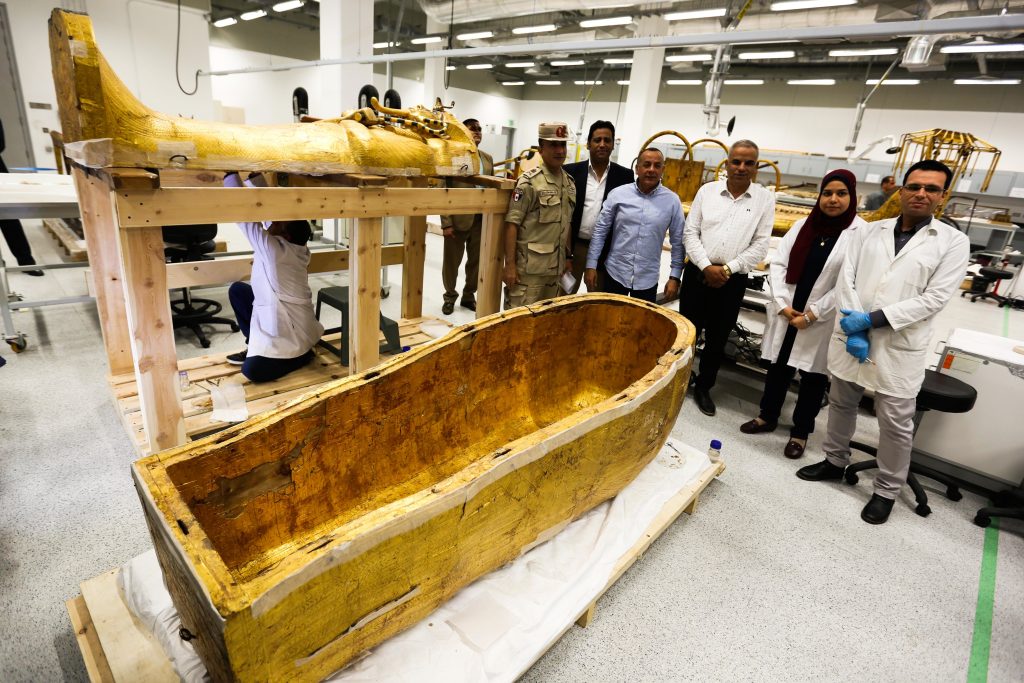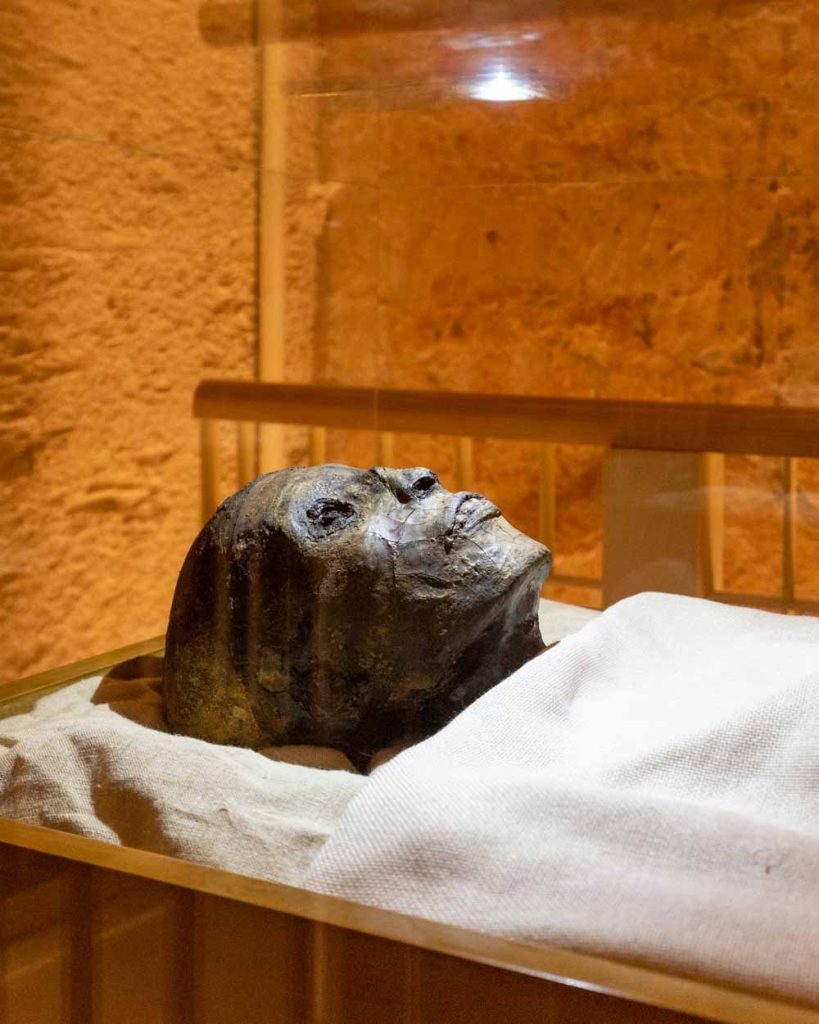King Tut’s Coffin Has been Removed from his tomb for the First time in History
In an unprecedented event, the coffin of the legendary pharaoh Tutankhamun, also known as King Tut, has been removed from his tomb for the first time in history. This monumental undertaking offers a rare glimpse into the innermost chamber of the ancient burial site and provides an opportunity for further exploration and analysis of one of Egypt’s most iconic historical figures.
King Tutankhamun, who ruled Egypt during the 14th century BCE, is perhaps the most famous pharaoh of ancient Egypt. His tomb, located in the Valley of the Kings near Luxor, was discovered by archaeologist Howard Carter in 1922. The tomb contained a vast array of treasures and artifacts, including the breathtaking gold funerary mask that has become an enduring symbol of ancient Egypt.
The decision to remove King Tut’s coffin from its resting place was made as part of an extensive restoration project aimed at preserving the fragile artifacts and ensuring their long-term conservation. The process involved carefully lifting the solid gold coffin, adorned with intricate hieroglyphic inscriptions and exquisite artwork, and transporting it to the nearby Grand Egyptian Museum.

The removal of the coffin allows experts to conduct thorough examinations, including advanced imaging techniques and scientific analysis, to gain new insights into the life, death, and burial practices of King Tutankhamun. It is hoped that these investigations will provide answers to longstanding questions about the young pharaoh’s lineage, cause of death, and the mysteries surrounding his reign.
Furthermore, this unprecedented event offers an opportunity for researchers to study the craftsmanship and artistic techniques employed in creating the ornate coffin. The intricate engravings and symbols provide a window into the religious beliefs and symbolism of ancient Egyptian culture, as well as the high level of craftsmanship and skill possessed by the artisans of the time.
The removal of King Tut’s coffin marks a milestone in Egyptology and opens the door to new discoveries and understandings of one of history’s most enigmatic figures. It allows researchers and historians to delve deeper into the life and times of this iconic pharaoh and unravel the secrets hidden within his tomb.
While the removal of the coffin is a groundbreaking step forward, it is important to acknowledge the immense responsibility that comes with handling and preserving such invaluable artifacts. The utmost care and precision are being employed to ensure that the coffin and its
Hits: 0



